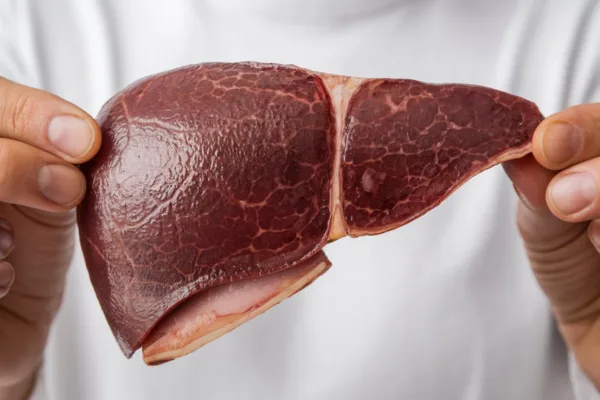If you've been told you have a fatty liver, it might sound alarming—but don’t worry, it’s a common condition and, in most cases, reversible. Fatty liver, or hepatic steatosis, happens when too much fat builds up in your liver. Your liver plays a vital role in detoxifying your body, producing bile, and storing energy, so taking care of it is crucial. In this blog, I’ll break down everything you need to know about reversing fatty liver in simple terms.

If you've been told you have a fatty liver, it might sound alarming—but don’t worry, it’s a common condition and, in most cases, reversible. Fatty liver, or hepatic steatosis, happens when too much fat builds up in your liver. Your liver plays a vital role in detoxifying your body, producing bile, and storing energy, so taking care of it is crucial. In this blog, I’ll break down everything you need to know about reversing fatty liver in simple terms.
Fatty liver can be of two types:
This guide focuses on NAFLD, which is increasingly common among young adults due to sedentary lifestyles and unhealthy eating habits.
Fatty liver in its early stages often doesn’t cause noticeable symptoms. However, if ignored, it can lead to:
The good news? Catching it early means you can reverse it with lifestyle changes.
Fatty liver disease progresses in stages, often classified into grades or levels of severity. These stages indicate how much fat has accumulated in the liver and whether inflammation or scarring has begun. Here's a detailed explanation of the three common stages:
What it is:
Symptoms:
Reversibility:
What it is:
Symptoms:
Reversibility:
What it is:
Symptoms:
Reversibility:
The earlier fatty liver is detected, the easier it is to reverse. Grades 1 and 2 can typically be managed with lifestyle changes alone, while Grade 3 requires more intensive intervention. Monitoring symptoms, undergoing regular check-ups, and taking steps to improve liver health can prevent fatty liver from progressing to irreversible damage.
What you eat directly impacts your liver.
Obesity is one of the main reasons for fatty liver. Losing just 5-10% of your body weight can significantly reduce liver fat. However, crash diets are a big no-no—they can stress your liver even more.
Tips:
Exercise is a powerful way to burn excess fat, including liver fat. You don’t need a fancy gym membership—just consistency.
How long does it take to reverse fatty liver?
Depending on the severity, it can take a few months to a year with consistent lifestyle changes.
Can fatty liver come back after reversing it?
Yes, if you return to unhealthy habits. Sustainable changes are key.
Is coffee good for fatty liver?
Yes, moderate coffee consumption (without sugar or cream) can reduce liver inflammation.
Can I eat fruit if I have fatty liver?
Yes, but limit high-sugar fruits like bananas and mangoes. Opt for berries and apples instead.
Do I need to follow a specific diet plan?
Not necessarily. Focus on balanced meals with whole foods and avoid processed junk.
Are there any supplements for fatty liver?
Supplements like milk thistle, vitamin E, or omega-3 may help, but consult a doctor first.
What exercises are best for fatty liver?
A mix of cardio (like walking) and strength training (like resistance exercises).
Does drinking water help with fatty liver?
Yes, staying hydrated supports liver function.
Can stress affect fatty liver?
Yes, chronic stress can worsen inflammation and insulin resistance. Practice relaxation techniques like meditation.
Is fatty liver permanent?
No, most cases are reversible with the right lifestyle changes.